Related Research Articles
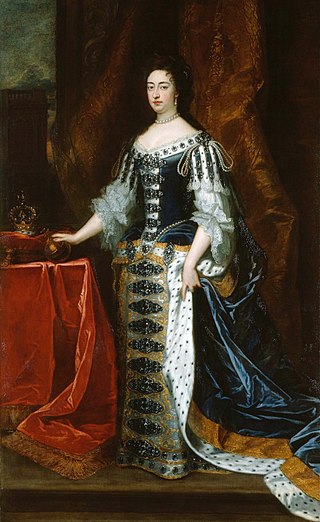
Mary II was Queen of England, Scotland, and Ireland, co-reigning with her husband, William III and II, from 1689 until her death in 1694. She was also Princess of Orange following her marriage on 4 November 1677. Her joint reign with William over Britain is known as that of William and Mary.

1618 (MDCXVIII) was a common year starting on Monday of the Gregorian calendar and a common year starting on Thursday of the Julian calendar, the 1618th year of the Common Era (CE) and Anno Domini (AD) designations, the 618th year of the 2nd millennium, the 18th year of the 17th century, and the 9th year of the 1610s decade. As of the start of 1618, the Gregorian calendar was 10 days ahead of the Julian calendar, which remained in localized use until 1923.
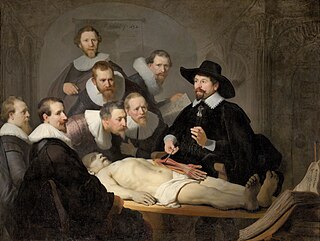
1632 (MDCXXXII) was a leap year starting on Thursday of the Gregorian calendar and a leap year starting on Sunday of the Julian calendar, the 1632nd year of the Common Era (CE) and Anno Domini (AD) designations, the 632nd year of the 2nd millennium, the 32nd year of the 17th century, and the 3rd year of the 1630s decade. As of the start of 1632, the Gregorian calendar was 10 days ahead of the Julian calendar, which remained in localized use until 1923.

William III, also widely known as William of Orange, was the sovereign Prince of Orange from birth, Stadtholder of Holland, Zeeland, Utrecht, Guelders, and Overijssel in the Dutch Republic from the 1670s, and King of England, Ireland, and Scotland from 1689 until his death in 1702. As King of Scotland, he is known as William II. He ruled Britain and Ireland alongside his wife, Queen Mary II, and their joint reign is known as that of William and Mary.

The Battle of Turnhout was a decisive military engagement between Belgian revolutionary and Austrian forces at Turnhout in the Austrian Netherlands. It was the first engagement of the Brabant Revolution and took place shortly after the revolutionary (patriot) army of Jean-André van der Mersch crossed the border from the Dutch Republic where it had previously been in exile. Their unlikely victory in the engagement led to the rapid collapse of Austrian rule across the Southern Netherlands and the temporary withdrawal of Austrian forces in the region to Luxembourg.

Adam Frans van der Meulen or Adam-François van der Meulen was a Flemish painter and draughtsman who was particularly known for his scenes of military campaigns and conquests. Van der Meulen also painted portraits, hunting scenes, paintings of chateaux and landscapes. He created designs for prints and cartoons for tapestries.

The United Belgian States, also known as the United States of Belgium, was a short-lived confederal republic in the Southern Netherlands established under the Brabant Revolution. It existed from January to December 1790 as part of the unsuccessful revolt against the Habsburg Emperor, Joseph II.

The Brabant Revolution or Brabantine Revolution, sometimes referred to as the Belgian Revolution of 1789–1790 in older writing, was an armed insurrection that occurred in the Austrian Netherlands between October 1789 and December 1790. The revolution, which occurred at the same time as revolutions in France and Liège, led to the brief overthrow of Habsburg rule and the proclamation of a short-lived polity, the United Belgian States.
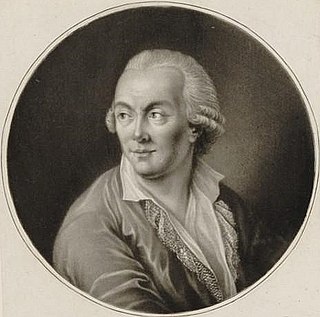
Henri van der Noot, in Dutch Hendrik van der Noot, and popularly called Heintje van der Noot or Vader Heintje, was a jurist, lawyer and politician from Brabant. He was one of the main figures of the Brabant Revolution (1789–1790) against the Imperial rule of Joseph II. This revolution led to the short-lived existence of the United States of Belgium with himself as Prime Minister.
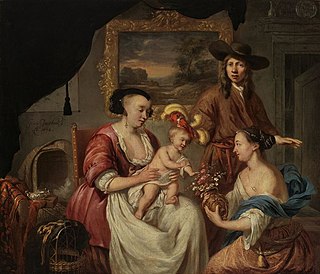
Johannes Voorhout was a Dutch painter of history paintings, portraits and genre scenes. After training in the Dutch Republic he worked for a number of years in Hamburg before returning to work in Amsterdam.

KnightCornelis de Graeff was a Dutch nobleman and a water board member of the Zijpe and Haze Polder.

Van der Noot Palace is a palace located at Sankt Paulsgatan 21 in Södermalm, Stockholm, Sweden.

Mathias Spihler was a Swedish architect and master builder of German descent.

Bror Johan (Jean) Teodor Jahnsson was a Swedish jeweller, art collector and Consul General. Jahnsson joined the goldsmith C.G. Hallberg's factory and shop in Stockholm in 1875, becoming a manager in 1879 and then president in 1896 of the goldsmith firm. In 1927 he was commissioned to evaluate Turkey's treasury.

Hendrik Carloff, Caerloff or Caarlof was an adventurer and slave trader active in the 17th century. Carloff began his career as a cabin boy but rose to become a commander and governor appointed by the Dutch West India Company and Danish or the Swedish Africa Company on the Gold Coast. Between 1676 and 1677, he was Governor of Tobago.
Van der Noot is a Dutch or Flemish surname, with several variations. Van der Noot may refer to:
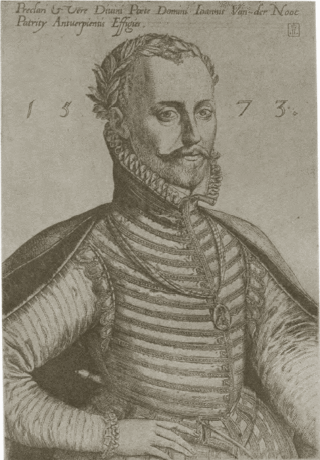
Jonker Jan van der Noot (1539–1595) was a Netherlandish writer who is regarded as the first Renaissance poet in Dutch.
Theodore Charles Antoine van der Noot, 8th Marquess of Assche and 6th Count van der Noot was a Belgian courtier and member of high society.

Philips Erard van der Noot (1638–1730) was the 13th Bishop of Ghent.

The Van der Noot family is a Belgian noble family. The title of Count van der Noot is a title created by Emperor Charles VI on 16 May 1716. Since then this title belongs to the Belgian nobility.
References
- ↑ Noldus, Badeloch (2005). Trade in good taste: relations in architecture and culture between the Dutch republic and the Baltic world in the seventeenth century. Brepols. ISBN 978-2-503-51489-5 . Retrieved 17 November 2011.